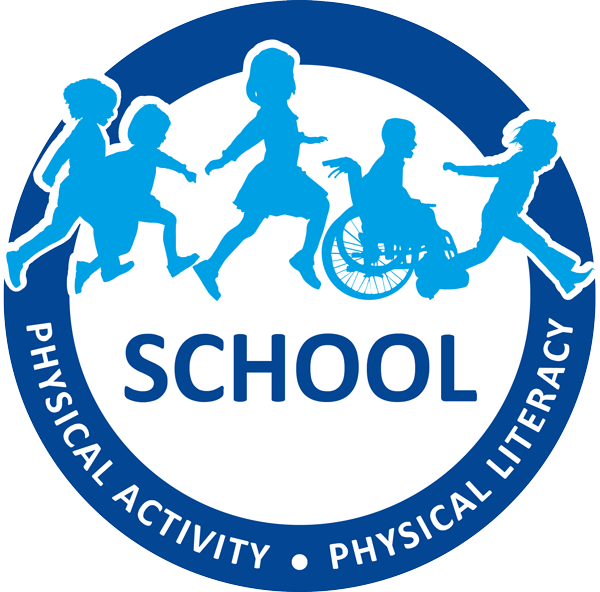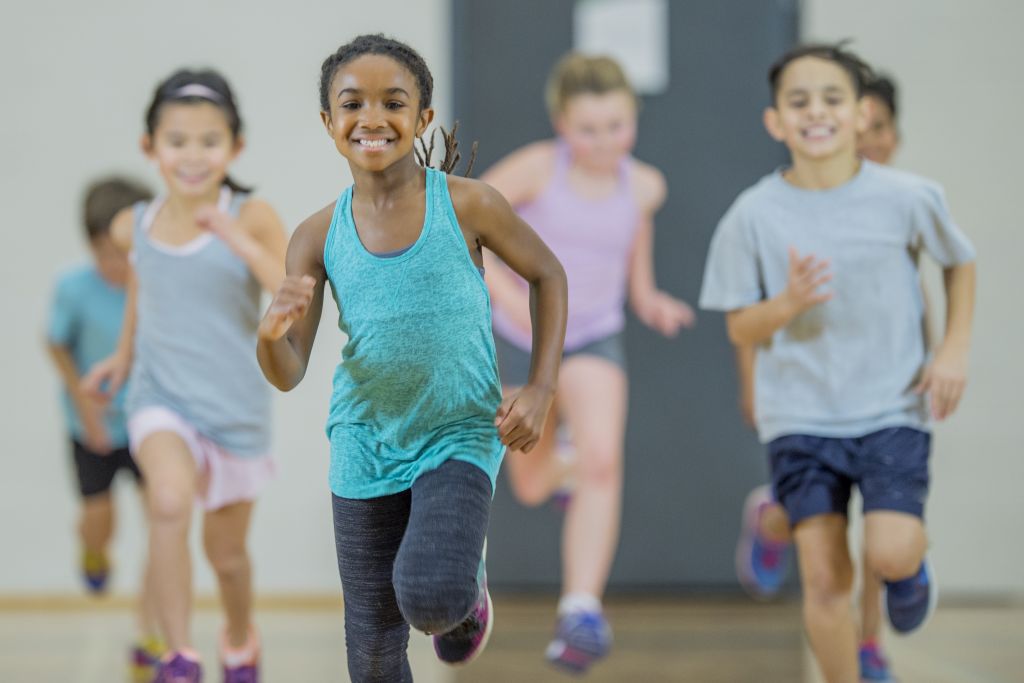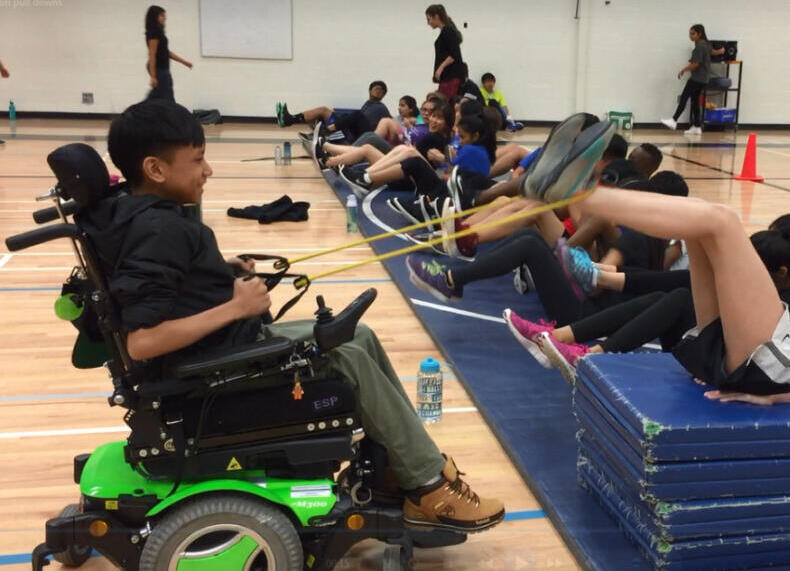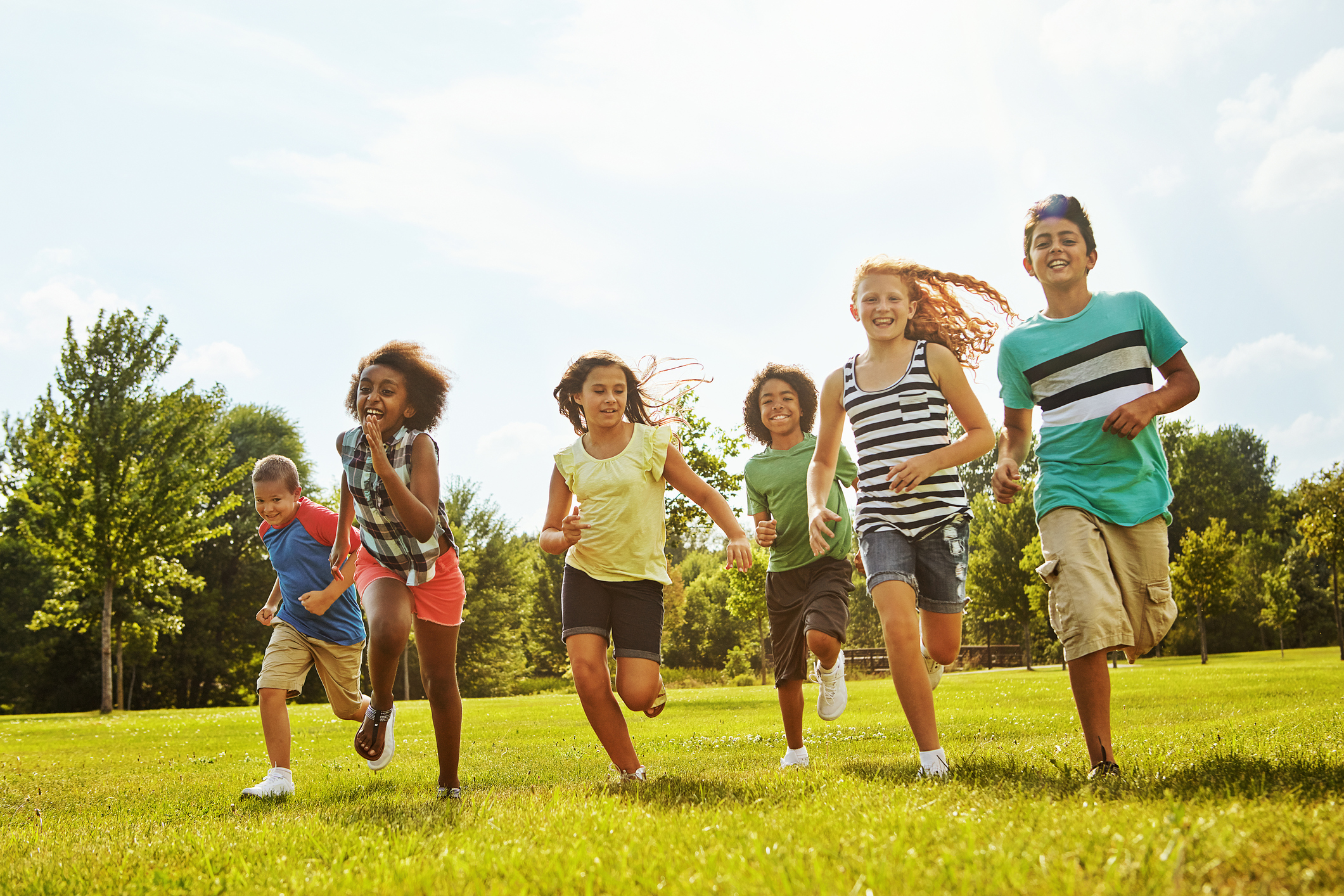In a classroom setting, you will likely have students at varying levels of ability. It’s important to provide them with opportunities to try an activity and challenge themselves, without the activity being too difficult for them.
How can you support different levels of ability, while still focusing on one game or activity? Consider modifications and variations. The free, digital lesson-planning tool PLAYBuilder, offers over 700+ games and activities that are aligned with the B.C. Physical and Health Education Curriculum—many of which also provide modifications to suit each of your students abilities.
Here are two activities you can try with your class, that feature some easy variations to change the level of difficulty:
Lions and Leopards (Grade 3-7)
Setup
- Leader divides the class into two teams and names one team the Lions and one team the Leopards.
- Two teams face each other with two meters between them (marked by pylons/objects) and the leader marks a safety zone about 20 meters behind each team.
Instructions & Cues
- Leader yells either Lions or Leopards.
- The team name that is called must chase the other team until they reach their safety zone.
- Any participants that have been tagged must now join the other team.
- Leader should roll the “L” sounds before yelling the team name to increase anticipation.
Variations
- Participants must hop on one leg, two foot hop, dribble a soccer ball, dribble a basketball instead of running
- Leaders can change the animals and add variations to the call
Destroyers & Construction Workers (Grades 1-7)
Equipment
- 15-20 pylons/markers
Setup
- Scatter 15-20 pylons/markers on the field throughout a 20 x 20 yard area (cans of food or drink, or plastic pop bottles and milk cartons filled partially with water or sand). These items should be standing up straight.
- Divide the group into two equal teams. One group is designated the Destroyers and the other group the Construction Workers and they start on opposite lines.
Instructions & Cues
- On leader’s “GO”, the Destroyers attempt to tip over the pylons with their hands, while the Construction Workers attempt to repair the pylons by standing them back up.
- Set a time for this activity and at the end count the number of pylons that the destroyers have knocked down, then allow the teams to switch roles.
- After each group has had an opportunity being both a Construction Worker and a Destroyer, reverse their roles again.
Variations
- Participants must dribble a soccer ball and have their foot on top of the ball when they tip over/build up a pylon either as a Construction Worker or a Destroyer. Repeat so the participants have a chance at being a Construction Worker and a Destroyer.
- Vary the body part that has to knock over the cone.
For more activities with variations to challenge all of your students, register for PLAYBuilder today!




